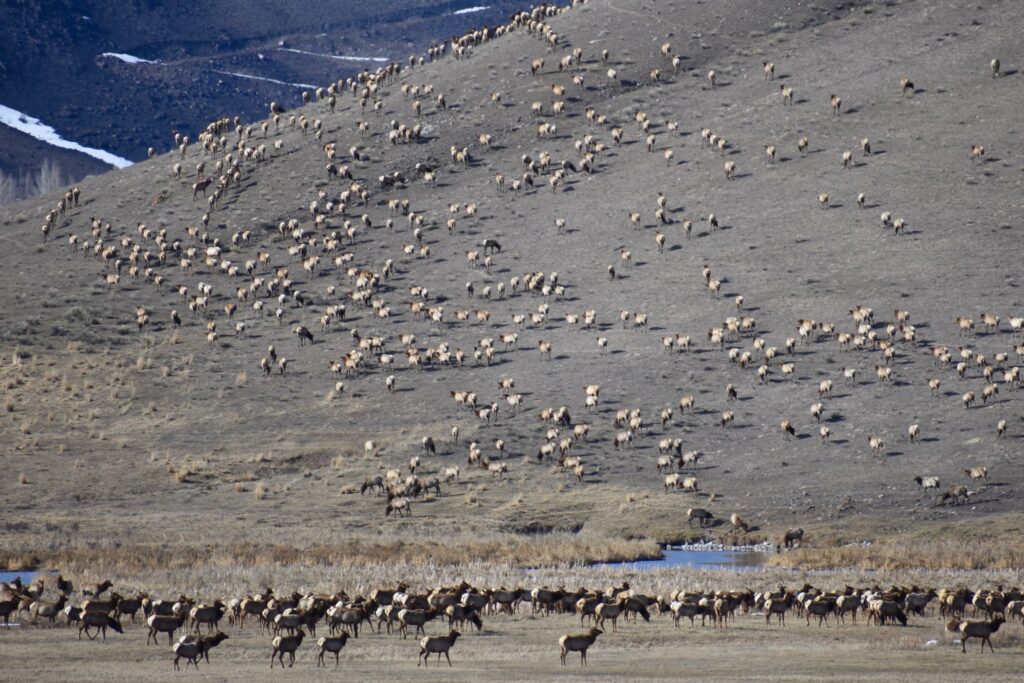Last week, the State of Wyoming and the U.S. Department of Agriculture announced a new bipartisan “Partnership to Support Big Game Working Lands Conservation in Wyoming” to encourage the voluntary conservation of migration corridors on private working lands. This partnership stems from recent political efforts to conserve critical migratory corridors for elk, mule deer, and pronghorn. Both the Trump and Biden administrations have prioritized working with western states on migration initiatives, and Wyoming Governor Mark Gordon signed an executive order directing the state to protect ungulate migrations.
To be successful, these efforts—in Wyoming and throughout the West—must harness voluntary cooperation and engage the ranchers and farmers who provide essential habitat along these migratory routes. This partnership is an important step. Instead of creating burdensome regulations or designations, state and federal leaders are committing to work with landowners and partners to provide incentive-based tools for conservation on private lands. This is an important step to joining with property owners as partners, not targets, in providing habitat for migratory wildlife.
Private working lands in the West are essential for the survival of migratory elk, pronghorn, and mule deer. Private land covers 6 million acres, or 30 percent, of the Greater Yellowstone Ecosystem, and elk spend as much as 80 percent of their time on private land during the winter. Yet while landowners provide essential habitat during the brutal winter months, wildlife are often lousy tenants. They compete with livestock for forage, tear down fences, and can spread disease. Living with wildlife often comes at an economic cost, making it harder for ranchers and farmers to scrape by and maintain the open spaces the wildlife depend on.
Last year, the Property and Environment Research Center (PERC) joined with other conservation organizations to highlight the need for federal agencies to, in the words of USDA Undersecretary Robert Bonnie, do conservation “with” private landowners, not “to” private landowners, when undertaking efforts to protect migration corridors. The tools announced for use in Wyoming capture this essential distinction. In addition to expanding existing approaches including conservation easements and financial and technical assistance, state and federal officials are starting a new voluntary opportunity for conservation leasing.




